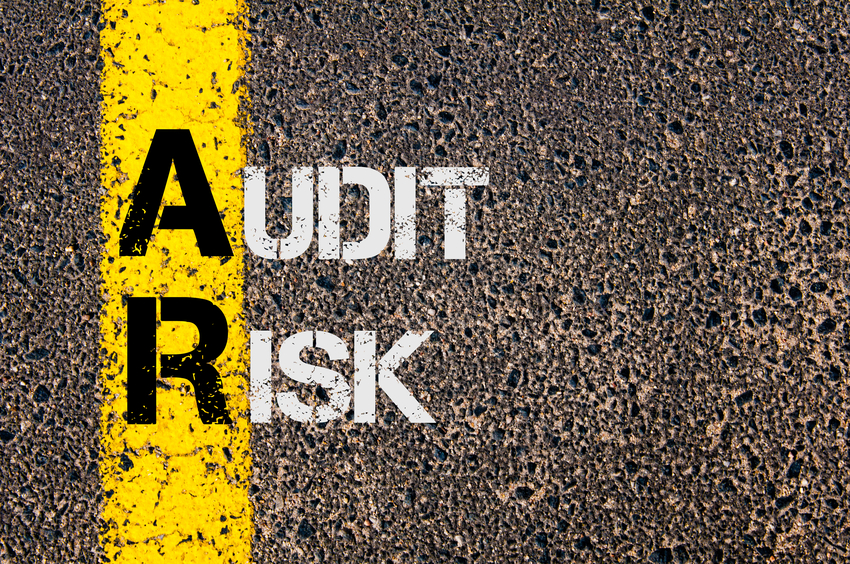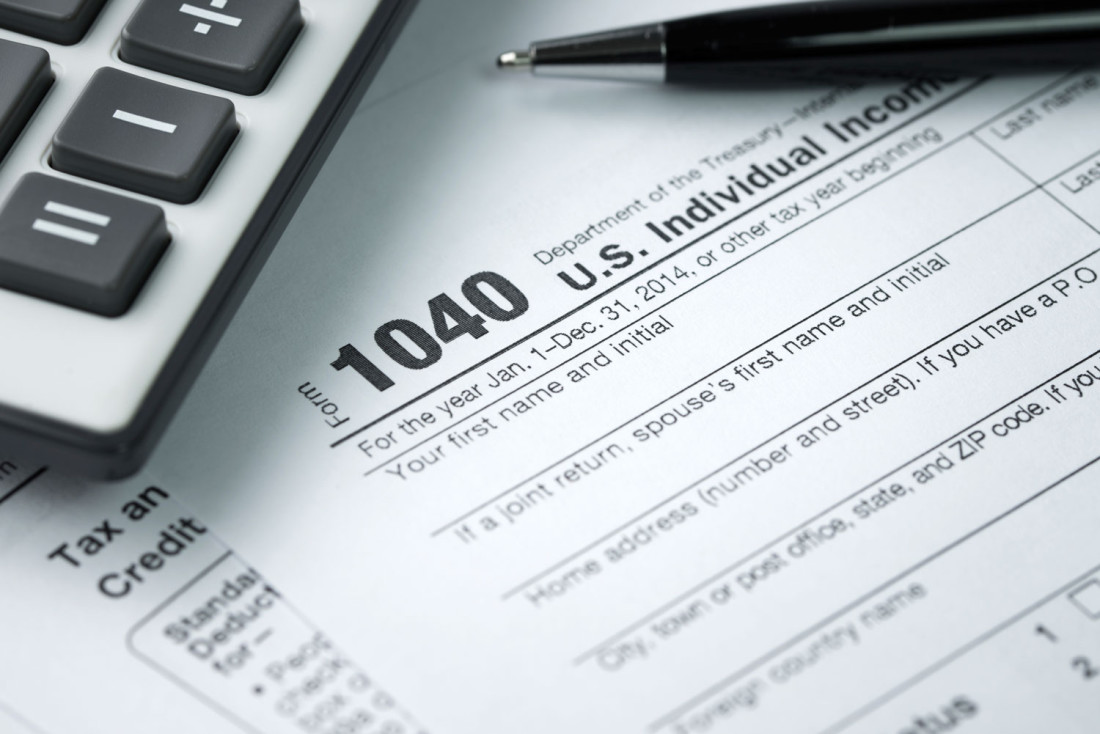 If you are a regular reader of Administrative Law Judge (“ALJ”) Determinations and Orders issued at New York’s Division of Tax Appeals (“DTA”), you have probably observed the frequency with which ALJ’s dismiss petitions filed by taxpayers based on timeliness issues. For the uninitiated, the DTA’s rules of practice and procedure, which are part New York State’s regulations governing taxation and finance, generally require that taxpayers file a petition appealing an audit determination or conciliation order within 90 days of its issuance. Frequently, taxpayers fail to properly file their petition within this 90-day window. And, absent very unusual circumstances, ALJs who review this issue dismiss those petitions based on these procedural failures. Indeed, dozens of taxpayers have their petitions dismissed by ALJs each year for this very reason.
If you are a regular reader of Administrative Law Judge (“ALJ”) Determinations and Orders issued at New York’s Division of Tax Appeals (“DTA”), you have probably observed the frequency with which ALJ’s dismiss petitions filed by taxpayers based on timeliness issues. For the uninitiated, the DTA’s rules of practice and procedure, which are part New York State’s regulations governing taxation and finance, generally require that taxpayers file a petition appealing an audit determination or conciliation order within 90 days of its issuance. Frequently, taxpayers fail to properly file their petition within this 90-day window. And, absent very unusual circumstances, ALJs who review this issue dismiss those petitions based on these procedural failures. Indeed, dozens of taxpayers have their petitions dismissed by ALJs each year for this very reason.
 As practitioners who deal with New York income tax audits on a day-to-day basis, we often have a front row seat to new audit techniques and new areas of focus. And in recent years, we have noticed a lot more audit activity in the partnership or flow-through entity area. Most of this has centered around nonresident owners of flow-through entities, and more specifically the methodology in which these entities allocate income in and out of New York. As I have outlined before in some other articles (click here and here), often we can gain insight on trends like this by studying the audit guidelines that the Tax Department issues to its auditors. The Tax Department’s Nonresident Audit Guidelines are more widely-known, and available on the Tax Department's website., Over the years, however, the Tax Department has also issued different iterations of its Nonresident Allocation Guidelines, with the most recent version being issued in June 2013. But after about 17 focused minutes of Google searching (which is the maximum amount of time one should spend Googling something), I have not been able to find those guidelines anywhere on the Tax Department’s website, or on the Internet generally. That is, of course, until now.
As practitioners who deal with New York income tax audits on a day-to-day basis, we often have a front row seat to new audit techniques and new areas of focus. And in recent years, we have noticed a lot more audit activity in the partnership or flow-through entity area. Most of this has centered around nonresident owners of flow-through entities, and more specifically the methodology in which these entities allocate income in and out of New York. As I have outlined before in some other articles (click here and here), often we can gain insight on trends like this by studying the audit guidelines that the Tax Department issues to its auditors. The Tax Department’s Nonresident Audit Guidelines are more widely-known, and available on the Tax Department's website., Over the years, however, the Tax Department has also issued different iterations of its Nonresident Allocation Guidelines, with the most recent version being issued in June 2013. But after about 17 focused minutes of Google searching (which is the maximum amount of time one should spend Googling something), I have not been able to find those guidelines anywhere on the Tax Department’s website, or on the Internet generally. That is, of course, until now.
/practices-1667.html/practices-State_Local_Tax.html On April 13, 2016, Governor Andrew M. Cuomo signed the 2016-17 New York State Budget into law. We summarize the highlights of the revenue provisions below.
On April 13, 2016, Governor Andrew M. Cuomo signed the 2016-17 New York State Budget into law. We summarize the highlights of the revenue provisions below.
 During the spring of 2014, Hodgson Russ LLP (“Hodgson”) received a letter from the Minnesota Department of Revenue (“Minnesota Revenue”) that attempted to establish a new low in the states’ “race to the bottom” to establish the most minimal constitutional standard required to satisfy substantial nexus with an out-of-state taxpayer. Minnesota Revenue asserted that under suspect provisions of the Minnesota tax code, Hodgson had nexus with the state of Minnesota based upon a single, un-audited fact: between the 2004 and 2012 tax years, Hodgson received federal Forms 1099 from payors using a Minnesota mailing address. On account of this single fact – with no revenue floor or other safeguards – Minnesota Revenue asserted that Hodgson had nexus with Minnesota, and was therefore required to file Minnesota franchise tax returns and apportion its business income to the state.
During the spring of 2014, Hodgson Russ LLP (“Hodgson”) received a letter from the Minnesota Department of Revenue (“Minnesota Revenue”) that attempted to establish a new low in the states’ “race to the bottom” to establish the most minimal constitutional standard required to satisfy substantial nexus with an out-of-state taxpayer. Minnesota Revenue asserted that under suspect provisions of the Minnesota tax code, Hodgson had nexus with the state of Minnesota based upon a single, un-audited fact: between the 2004 and 2012 tax years, Hodgson received federal Forms 1099 from payors using a Minnesota mailing address. On account of this single fact – with no revenue floor or other safeguards – Minnesota Revenue asserted that Hodgson had nexus with Minnesota, and was therefore required to file Minnesota franchise tax returns and apportion its business income to the state.
 In Matter of Grand Central JT VT (March 10, 2016), the Tax Appeals Tribunal decided a fairly routine tax case as to whether the taxpayer maintained adequate books and records in a sales tax audit and whether the Audit Division’s indirect methodology to estimate sales was reasonable.
In Matter of Grand Central JT VT (March 10, 2016), the Tax Appeals Tribunal decided a fairly routine tax case as to whether the taxpayer maintained adequate books and records in a sales tax audit and whether the Audit Division’s indirect methodology to estimate sales was reasonable.
Last week, Governor Cuomo announced the latest round of grants to district attorneys’ offices in 29 New York State counties under the Crimes
Against Revenue Program (also known as “CARP”). The program provides substantial monetary grants to district attorneys’ offices in the state to investigate and prosecute crimes against the public fisc.
 A noteworthy determination was issued earlier this month by one of the Division of Tax Appeals’ administrative law judges. Judge Bennett found in Matter of Chery that the Division of Taxation improperly denied the petitioning taxpayer’s status as a real estate professional, as reported on his federal income tax return. Consequently, the taxpayer was entitled to claim Schedule E rental losses from two rental properties – not only on his federal return, but on his New York State return as well.
A noteworthy determination was issued earlier this month by one of the Division of Tax Appeals’ administrative law judges. Judge Bennett found in Matter of Chery that the Division of Taxation improperly denied the petitioning taxpayer’s status as a real estate professional, as reported on his federal income tax return. Consequently, the taxpayer was entitled to claim Schedule E rental losses from two rental properties – not only on his federal return, but on his New York State return as well.
This case highlights some of the hazards of a trend we’re seeing with increasing frequency: the New York State Tax Department conducting audits focused on taxpayers’ federal income tax returns. This case and others beg the question: to what extent, if any, should New York State auditors be auditing federal tax returns?
 If you have fallen behind with the Internal Revenue Service, you now have a new concern to keep you up at night. In addition to penalties, interest, liens, and levies, under a new federal act just signed into law on December 4, 2015, the State Department could soon revoke your U.S. passport.
If you have fallen behind with the Internal Revenue Service, you now have a new concern to keep you up at night. In addition to penalties, interest, liens, and levies, under a new federal act just signed into law on December 4, 2015, the State Department could soon revoke your U.S. passport.
Congress enacted the “Fix America’s Surface Transportation Act” (FAST Act) in order to provide funds for roads, bridges, railroads, and transit systems. Buried within the FAST Act’s 490 pages, available here, though, is a provision amending the Internal Revenue Code to add a new Section 7345, authorizing the revocation or denial of a passport for “seriously delinquent” unpaid taxes.
Just a friendly reminder that the first deadline for New York’s annual abandoned property due diligence mailings is quickly approaching. Here’s a quick recap of the deadlines and the rules governing New York’s abandoned property law.
If you’re a holder of abandoned property, you must file an annual report detailing the property and must remit the property to the state. A “holder” of abandoned property is any organization that possesses property legally owned by another. Most businesses hold some form of abandoned property whether they know it or not.

2014 brought significant corporate income tax reform to New York State. This year, 2015, followed suit and brought many of those same corporate income tax reforms to New York City. To quote Donald Trump, these reforms are “HUUUUUUUUUGE,” and corporate taxpayers and tax practitioners need to take note. You can read some of our prior coverage here and here.
Among the most significant changes—and there were many—are the reforms to the methods of allocating business income. The Empire State and the Big Apple have shifted to customer-based sourcing for most types of receipts, including receipts from digital products, miscellaneous services, and other business activities. Further, both the state and city have created analytical cascades (referred to below as the “waterfall approach”) to determine the location of the customers and have imposed new “due diligence” standards on corporate taxpayers with respect to the application of each stage of the waterfall approach to the various categories of receipts. And the state has just issued draft regulations. So, not only are there new allocation rules to understand and follow, but there are also new rules regulating “how” taxpayers must comply with those new rules.
